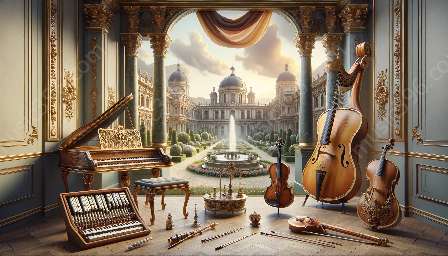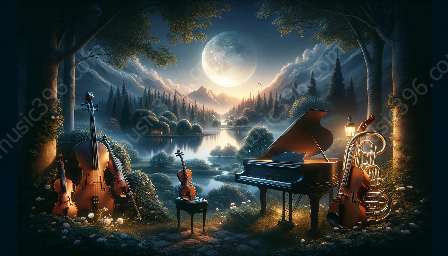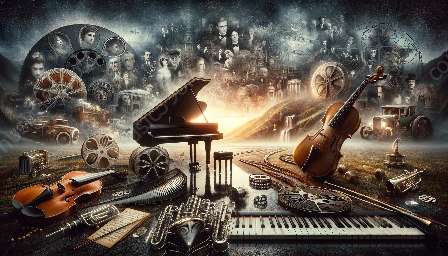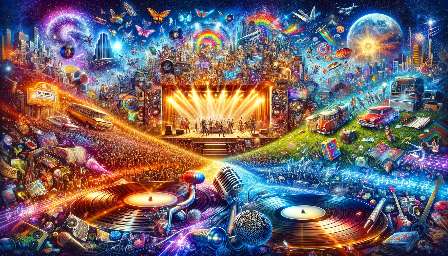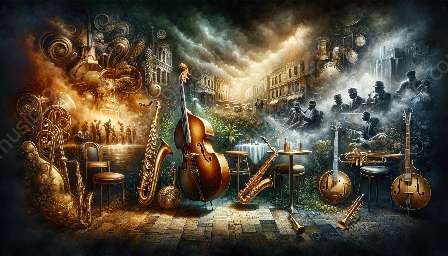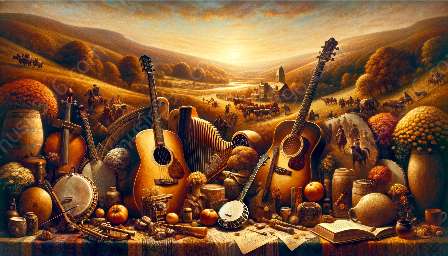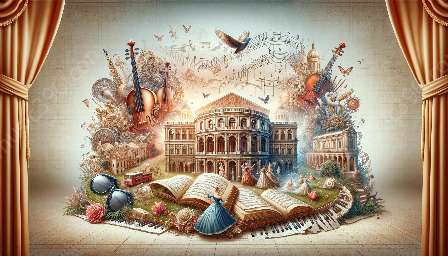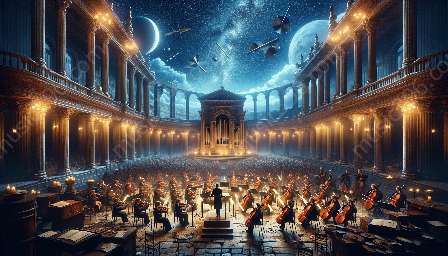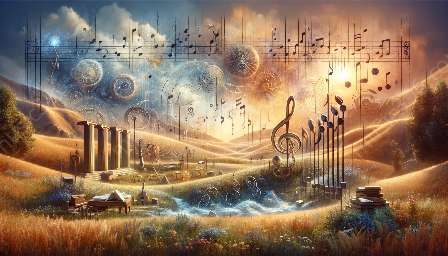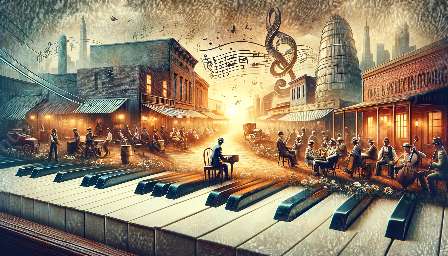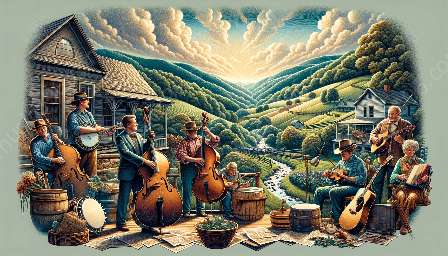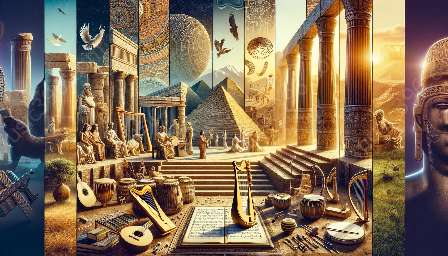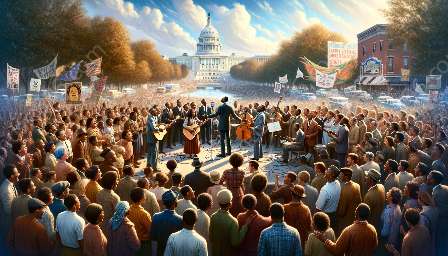The Renaissance period was a significant era in the history of music, marking a rebirth of creativity, art, and cultural advancements. Vocal music played a central role during this time, demonstrating unique characteristics that defined the musical landscape of the period.
Development of Renaissance Vocal Music
During the Renaissance, vocal music underwent a remarkable evolution, transitioning from the predominantly monophonic chants of the medieval era to sophisticated polyphony. Composers sought to create intricate harmonies and counterpoint, resulting in the development of complex vocal textures and elaborate contrapuntal techniques. This shift in musical expression laid the foundation for the distinct characteristics of Renaissance vocal music.
Style and Form
Renaissance vocal music embraced a diverse range of styles and forms, each reflecting the artistic and cultural values of the period. One of the defining characteristics was the emergence of the madrigal, a secular vocal composition that flourished throughout the Renaissance. Madrigals featured poetic texts set to music, often portraying themes of love, nature, and human emotions. The polyphonic nature of madrigals allowed for expressive and nuanced interpretations, captivating audiences with its emotive power.
Another prominent style of Renaissance vocal music was the motet, a sacred choral composition commonly associated with religious or ceremonial contexts. Motets were characterized by their intricate structure and spiritual themes, serving as a reflection of the deeply religious society of the time.
Key Characteristics
The characteristics of Renaissance vocal music were shaped by the innovative approaches of renowned composers who revolutionized the art form. Clarity and Balance - Composers prioritized clear and balanced vocal lines, aiming to achieve harmonious textures and elegant phrasing. The pursuit of clarity and balance resonated in the meticulous crafting of vocal polyphony, creating a sense of unity and coherence within the music.
Word Painting - Renaissance composers masterfully employed word painting, a technique that involved musically illustrating the text through expressive melodies and harmonies. By reflecting the meaning of the lyrics through musical gestures, word painting added layers of depth and emotional resonance to vocal compositions.
Musical Innovation - The Renaissance period fostered a spirit of innovation, prompting composers to explore new musical ideas and techniques. The quest for musical excellence led to the experimentation with diverse vocal textures, dissonances, and rhythmic intricacies, ultimately contributing to the richness and complexity of Renaissance vocal music.
Key Composers
Several influential composers left an indelible mark on Renaissance vocal music, shaping its characteristic traits and contributing to its enduring legacy. Notable figures such as Giovanni Pierluigi da Palestrina, Orlando di Lasso, and Thomas Tallis epitomized the mastery of vocal polyphony and contrapuntal craftsmanship, leaving behind a rich repertoire of choral compositions that continue to captivate listeners.
Each composer brought distinct artistic sensibilities to their works, further enriching the diversity and depth of Renaissance vocal music. Their contributions underscored the immense creativity and artistic ingenuity that defined the musical landscape of the Renaissance.
Legacy and Influence
The characteristics of Renaissance vocal music not only shaped the musical traditions of the era but also left a profound influence on subsequent musical developments. The intricate polyphonic textures, expressive word painting, and innovative techniques pioneered during the Renaissance laid the groundwork for the evolution of vocal music in the centuries to come. The enduring legacy of Renaissance vocal music continues to inspire and resonate with audiences, serving as a testament to the enduring impact of this remarkable period in music history.




